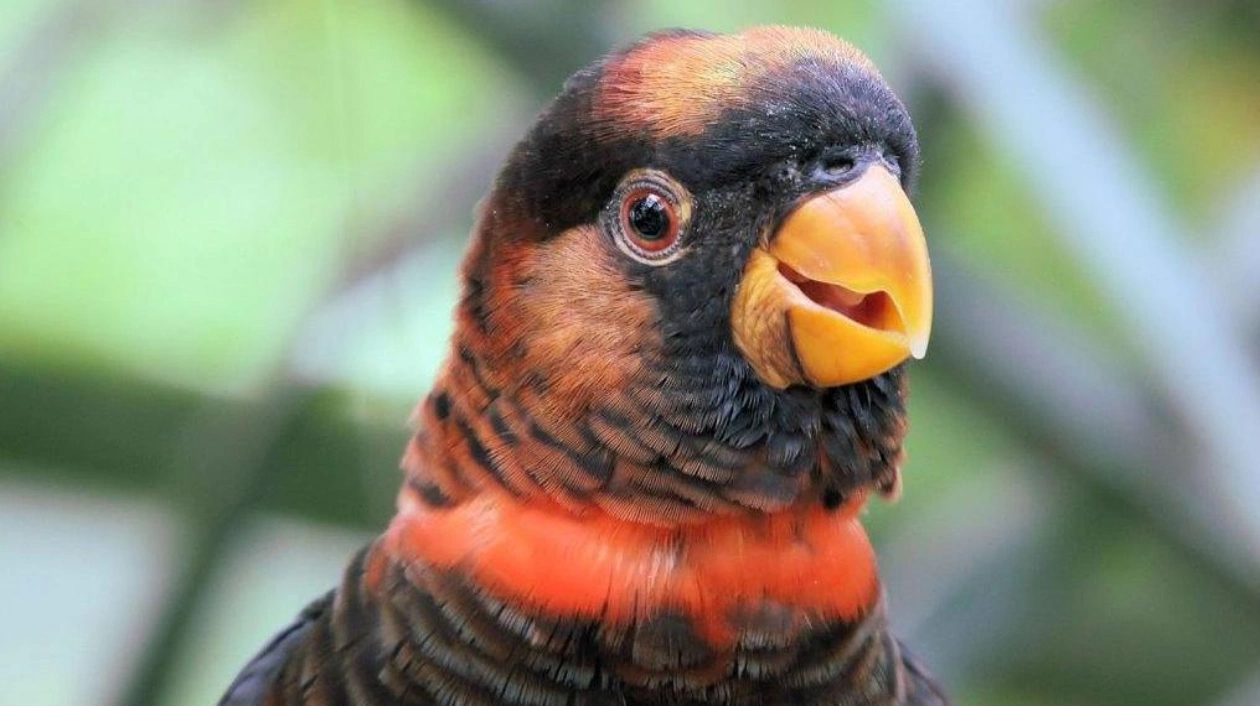A new study reveals that a single enzyme plays a crucial role in determining whether parrots' feathers display vibrant reds, yellows, or greens. Parrot feathers boast a spectrum of colors, with yellow, red, and orange hues resulting from pigments known as psittacofulvins, which are exclusive to these colorful birds. Blue tones are generated by nanostructures on the feathers, which can appear green when combined with yellow psittacofulvins, while melanin controls black, grey, and brown colors.
The mechanism behind how psittacofulvin pigments shift in color was previously unclear. However, researchers have now identified an enzyme called ALDH3A2 that modifies the chemical composition of these pigments, which are primarily composed of carbon molecules, to influence feather color during development. Through a process known as oxidation, ALDH3A2 converts red aldehyde molecules into yellow carboxylic acids.
Previous studies indicated that a different enzyme, PKS, produces red aldehyde-based psittacofulvins. The new research, led by Joseph Corbo, a biologist and neuropathologist at Washington University School of Medicine in St. Louis, shows that ALDH3A2 acts as a second step, transforming reds into yellows. Corbo and his team used dusky lories and rosy-faced lovebirds to decipher the color-coding mechanism. Chemical and genetic analyses revealed that ALDH3A2 is more active in yellow and green feathers compared to red ones, suggesting the enzyme facilitates color changes. The ratio of aldehyde- to carboxylic acid-containing molecules can create a gradient of colors, with equal ratios potentially producing orange feathers.
The combination of yellow feathers with blue nanostructures gives rosy-faced lovebirds their green feathers, while blue combined with red psittacofulvins could result in purple. When melanin is factored in, parrot feathers can mix and match various pigments to achieve unique colors. Psittacofulvins are chemically similar to carotenoids, pigments that other birds obtain from their diet to achieve bright red colors. This raises the question of why parrots rely on psittacofulvins. One hypothesis is that psittacofulvins create more durable feather colors compared to pigments that require constant dietary replenishment, ensuring that parrot plumage remains vibrant.
Source link: https://www.sciencenews.org






